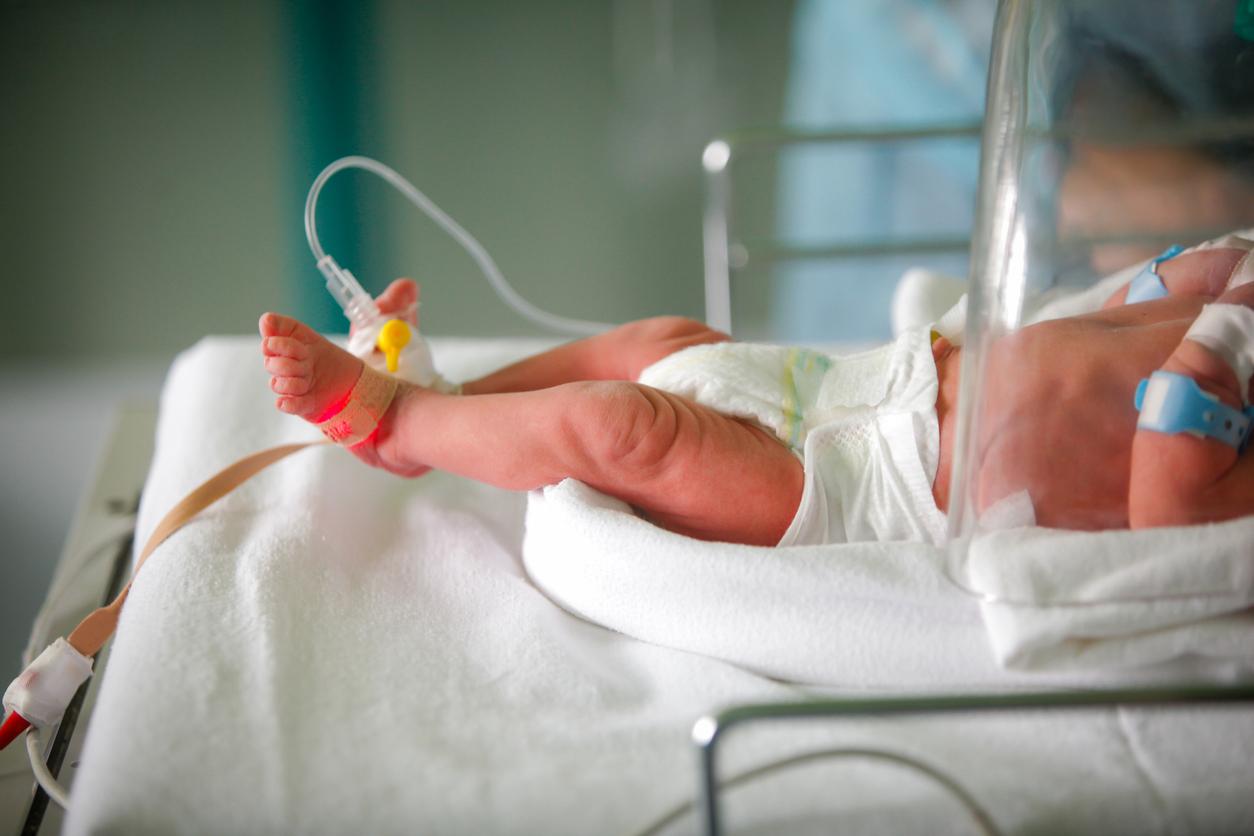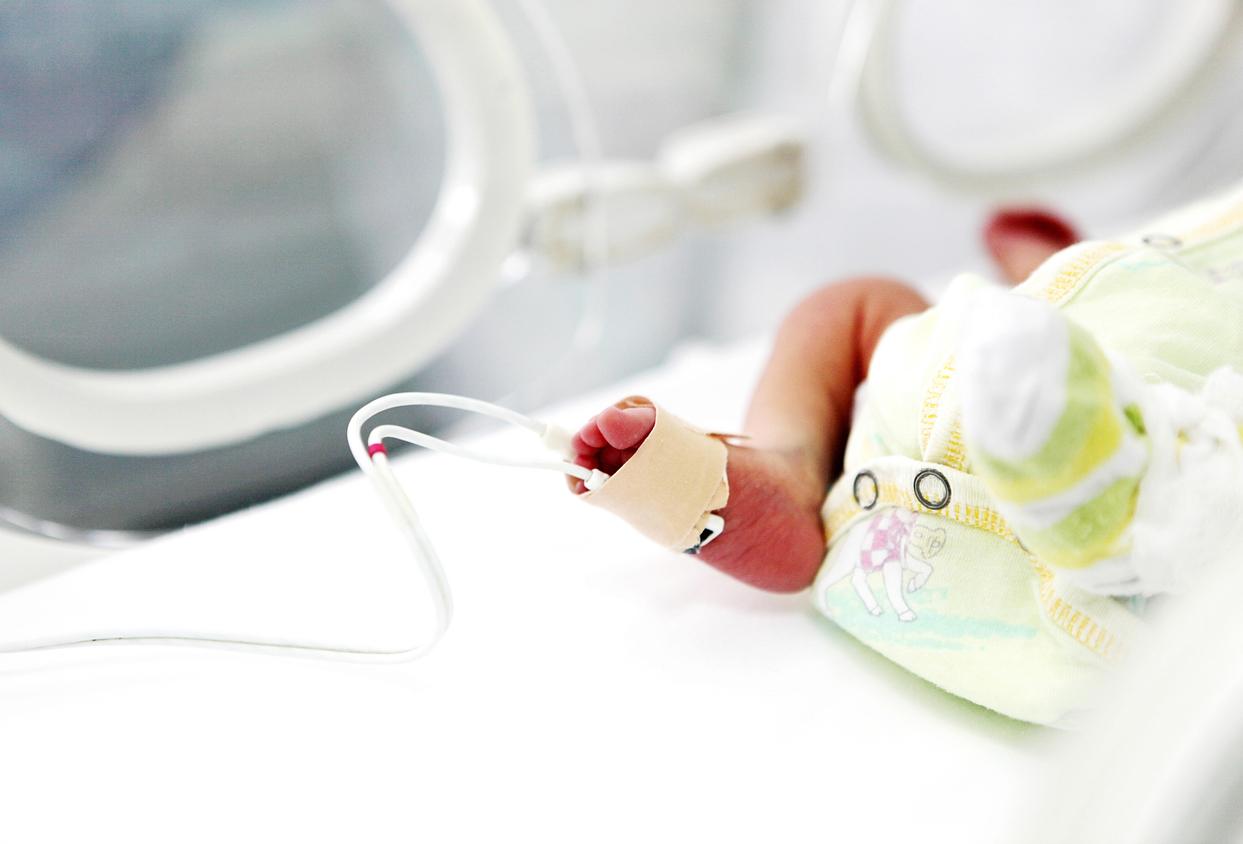A baby boy was born using a donor egg into which the infertile mother’s DNA was implanted. This is the first time that this type of operation has been performed in a case of infertility.

One baby, three parents: science has made it possible. A baby boy was born in Greece on Tuesday April 9 to three different parents. The infertile mother’s DNA was implanted into a donor egg which was fertilized by the father’s sperm. The little boy is now in good health.
Maternal spindle transfer
The baby’s mother, a 32-year-old Greek woman, had made several attempts at in vitro fertilization, which failed partly because of the poor quality of her eggs. A team of Greek and Spanish doctors carried out this rather special medically assisted conception at the Greek medical center Institut of Live (IVF). It was the only way for the mother to transmit her genetic heritage to her baby. They extracted genetic materials containing chromosomes from the mother, then transferred them into a donor egg. After fertilization with the father’s gamete, the egg was implanted in the mother’s uterus. This innovative method is called “maternal spindle transfer”.
Some doctors worry
The doctors behind this operation congratulate each other. In one communicated, IVF President, Dr Psathas, says: “Today, for the first time in the world, the inalienable right of a woman to become a mother with her own genetic material becomes a reality”. This is the first time that the method has been used for fertility disorders. In April 2016, Mexican doctors used it to prevent the transmission of a disease. The mother had Leigh’s syndrome, and had transmitted it to two of her children who died of it. The technique allowed her to give birth to a healthy child.
While Dr. Psathas welcomes a “revolution in assisted reproduction”, other doctors are more skeptical. In The Guardian, Tim Child, professor at the University of Oxford confides: “the risks of the technique are not fully known, although considered acceptable if used to treat mitochondrial disease, but not in this situation”. The case raises ethical questions that are far from resolved.
.
















